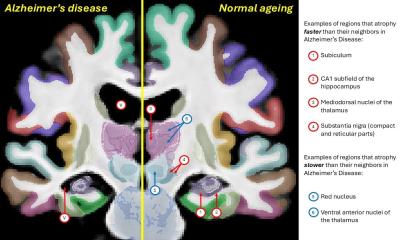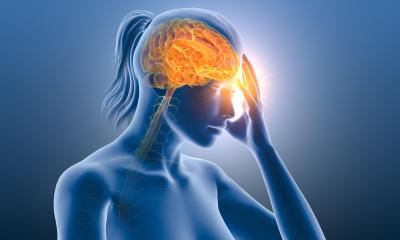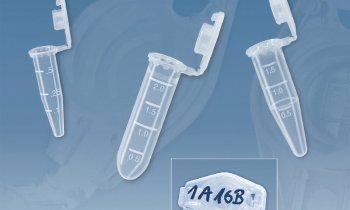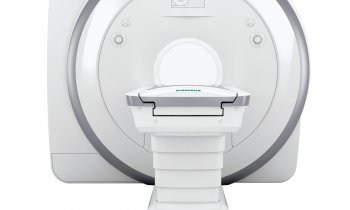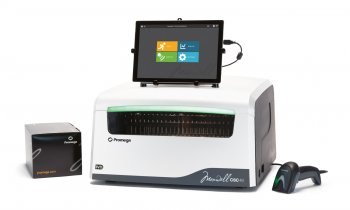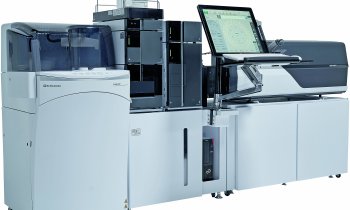Neurology
How the brain improves motor control
Adaptation in reaching - gradual improvement of motor control in response to a perturbation - is a central issue in motor neuroscience.However, even the cortical origin of errors that drive adaptation has remained elusive. In a new paper Inoue, Uchimura and Kitazawa have shown that error signals encoded by motor cortical neurons drive adaptation in reaching.
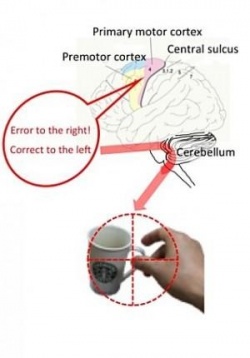
The neural mechanisms of motor learning and adaptation constitute a central issue in both basic and clinical neuroscience. However, it is surprising that very little is known about the neural mechanisms underlying the motor learning and adaptation of voluntary arm movements. For example, the origin of cortical error signals that drive adaptation in reaching remains an unanswered question. A major theory in motor learning (feedback error learning) proposed by Kawato and Gomi (1992) hypothesized that error signals are provided by premotor circuits, including the motor cortical circuits. However, neuroimaging studies to date have not indicated whether motor cortices encode error signals. Preceding human imaging studies unanimously implicated parietal regions, such as areas 2, 5 and 7, in representing reaching errors.
In the current study, Inoue and colleagues were successful for the first time in inducing trial-by-trial "adaptation" in voluntary arm movements by artificial electrical stimulation of the premotor cortex (PM) or the primary motor cortex (M1). When the stimulation was terminated, the error (after-effect) did not decrease at once but recovered with practice, as observed after typical adaptation. The direction of the increase in the error was opposite to the "preferred" error direction of the neuron recorded in the stimulation site. The results clearly show that the motor cortices submit error signals that drive adaptation in voluntary arm movements, as predicted by the feedback error learning scheme.
The novel technique to artificially "improve" a motor skill by a small amount of stimulation would be applicable to performance enhancement in athletes as well as for restoring motor control in neurological patients.
• The premotor and primary motor cortices encoded visual error in reaching.
• Stimulation to the motor cortices induced trial-by-trial increases in reach errors.
• The error increased opposite to the preferred direction of errors at each location.
• The after-effect of stimulation subsided gradually as in ordinary adaptation.
Source: Osaka University
29.07.2016




